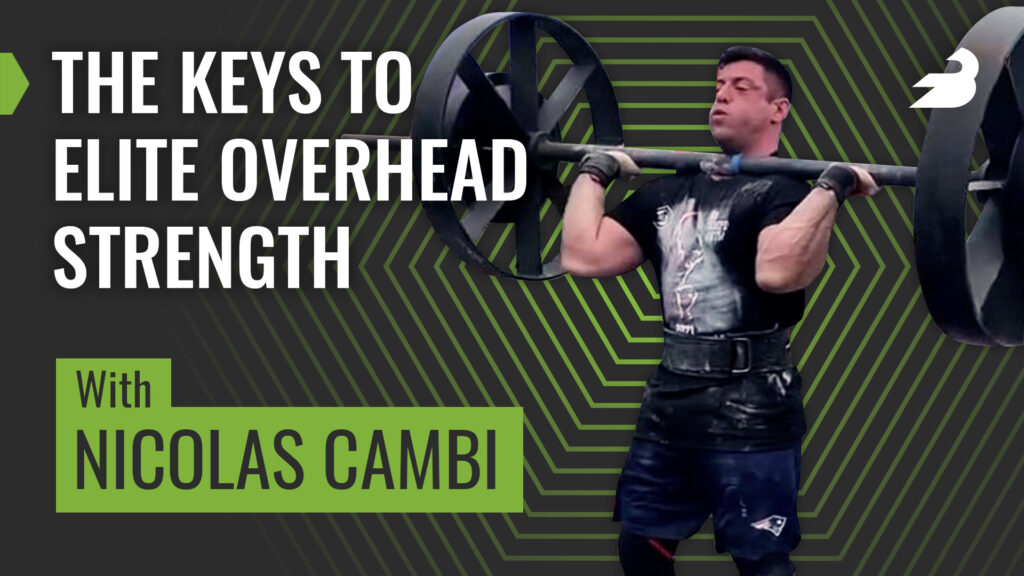Today we’re talking to Nicolas Cambi, one of the world’s top strongman athletes in the 105kg weight category. We talk about his strongman origins — including training at a famous gym I used to frequent — and how the sport has grown over the past decade. What’s the future of strongman look like? And what are those weird looking, floppy bars Nicolas is famous for training with? All that and more in this episode of The BarBend Podcast.

On this episode of The BarBend Podcast, host David Thomas Tao talks to Nicolas Cambi about:
- Is Nicolas Cambi a 105kg “lifer”? (02:00)
- How Olympic lifting backgrounds can benefit strongman athletes (06:40)
- The “Tsunami Bar” (07:07)
- Training in three-week blocks, and how Nicolas manages deload training (12:20)
- The challenges of moving up to the Open category in strongman (one example: Rob Kearney) (18:20)
- Who Nicolas admires in the sport of strongman (23:00)
Relevant links and further reading: